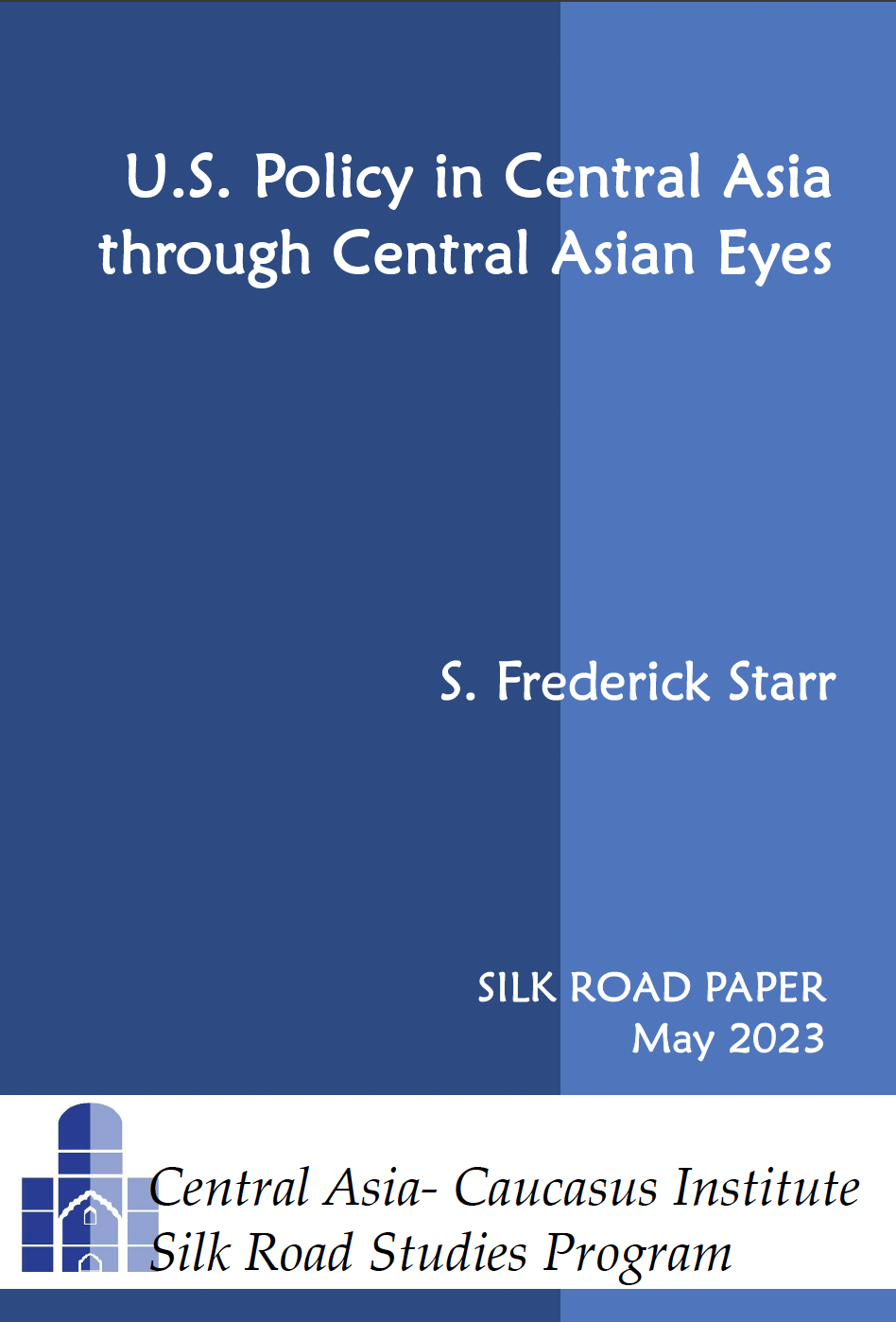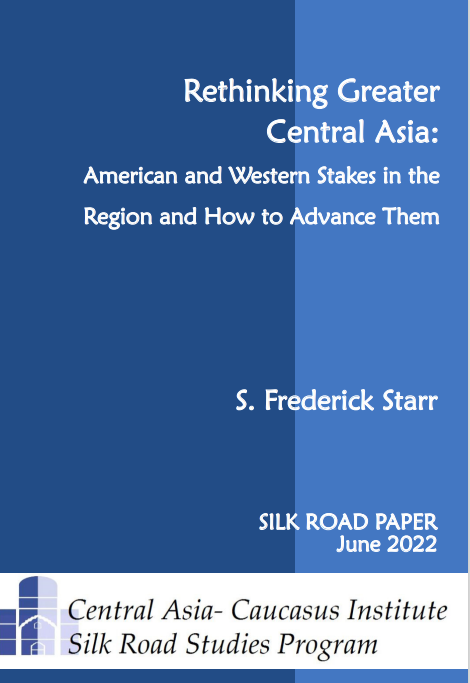IMPLICATIONS: By coming to market in early 2004, Pakistan chose a fortuitous time to issue new debt. The country’s economic rebound was strong enough to convince the authorities that they could return to the global capital markets and give less priority to financing through multilateral creditors. Although the proceeds of the bond were to be used to retire higher-cost foreign debt, the government’s desire to use the global bond markets to send a signal to investors as well as to foreign governments that Pakistan’s economy had progressed enough to enter into serious financial and trade commitments was arguably more important. Nevertheless, there are two other factors involved in the success of the eurobond issue. First, Pakistan’s credit ratings, B2 by Moody’s and B by Standard & Poor’s, are a full five notches below investment grade—near the bottom of the credit ratings scales---and investors might have required a relatively high coupon to compensate them for the increased risk implied by purchasing the bonds of a highly indebted country. However, with benchmark U.S. Treasury interest rates at low levels not seen in three decades, Pakistan was able to attract investors with a lower coupon than would otherwise have been the case, given the country’s high absolute levels of debt. Second, the strong investor demand for the new bond deal, greatly in excess of the issue size, made it possible for the banks running the deal to price the bond at a much lower yield than would have been feasible if demand had been lower. Indeed, the new five-year bond was priced at 3.7 percentage points above U.S. Treasury securities of comparable tenor, to yield a mere 6.75% – a lower yield than the bonds of countries with higher credit ratings, such as the Philippines. If a nation can issue a bond to yield less than its risk profile would merit, it is likely that demand for the bond is being generated by factors other than investors’ perceptions of the issuer’s fundamental creditworthiness. In the case of Pakistan’s new bond, the strong demand was a direct consequence of the tangible financial and political support for Pakistan provided by the United States in the wake of the September 11, 2001 terrorist attacks in the U.S. In addition to other kinds of assistance, in late 2002 the U.S. led negotiations to reschedule US$12.5 billion of Pakistan’s Paris Club debt, and in April 2003 wrote off 1 billion of the US$3 billion in bilateral official debt owed to it by Pakistan. These actions sent a clear signal to the international capital markets that the United States judged Pakistan to be “too important to default,” for geostrategic reasons.
CONCLUSIONS: Looking forward, the main question for Pakistan is how to attract more permanent investment flows and create a system to keep GDP growth levels above the level of population growth. Critics of Musharraf’s regime, most prominently ex-Prime Minister Benazir Bhutto, allege that many positive developments in the country’s economy since Musharraf’s rise to power, such as the large growth in foreign exchange reserves and the reschedulings and write-offs of external debt, “have been due to Pakistan’s emergence as a key ally of the West in the aftermath of Sept. 11, which has resulted in enormous handouts.” Moreover, efforts to attract foreign direct investment (FDI) to Pakistan continue to be stymied by deep systemic problems in the country, such as the low education level of much of the workforce, sectarian violence, poor infrastructure and a lack of fair treatment in the country’s judicial system. Privatizing the larger state-owned enterprises for example, has proven difficult. As a result, FDI to Pakistan, at around USD 490m over 2003-2004, is still considerably below the USD 1bn level of 1995-1996. Regardless of who or what is ultimately responsible for the many recent improvements in Pakistan’s economic outlook, the government itself undeniably laid the groundwork for higher GDP growth through its efforts at putting the country\'s fiscal house in order. Likewise, by issuing a eurobond this year, the government played a key role in reintroducing Pakistan to international investors; this is generally an effective strategy for stimulating trade and investment overall. It is worth bearing in mind however that while portfolio investment can be a harbinger of FDI, it is not a substitute for it. Pakistan’s economic recovery must now be sustained through further structural reform, which only the government is in a position to provide.
AUTHOR’S BIO: Peter G. Laurens is Senior Analyst, Fixed Income Credit Analysis at FH International Financial Services, Inc.






 Book S. Frederick Starr and Svante E. Cornell,
Book S. Frederick Starr and Svante E. Cornell,